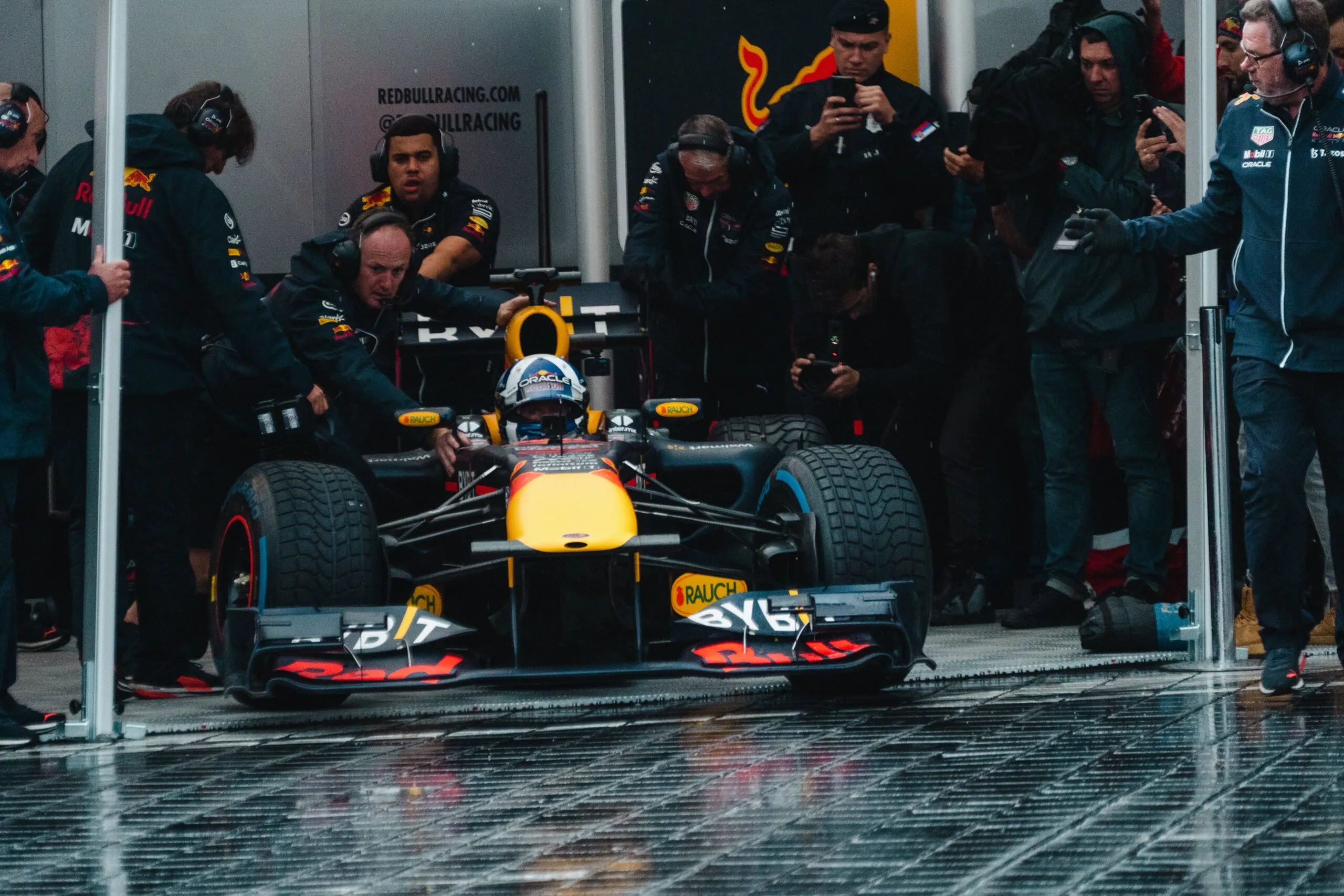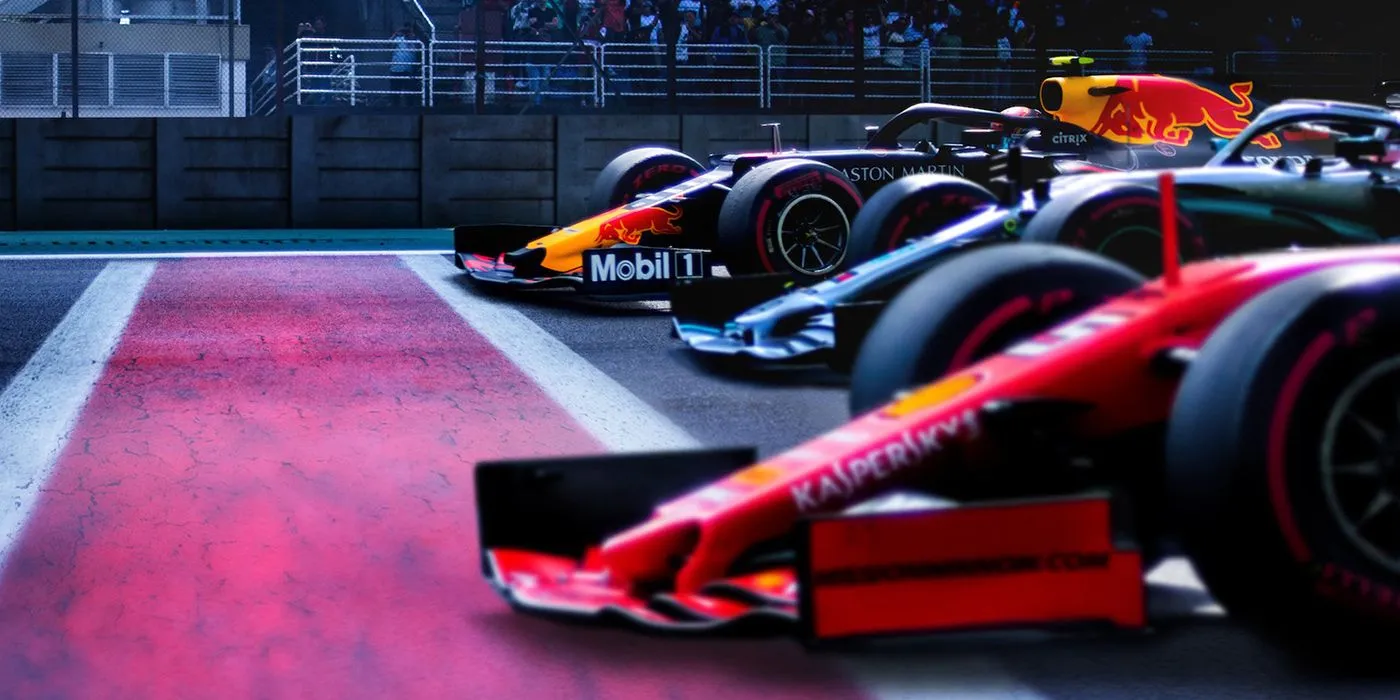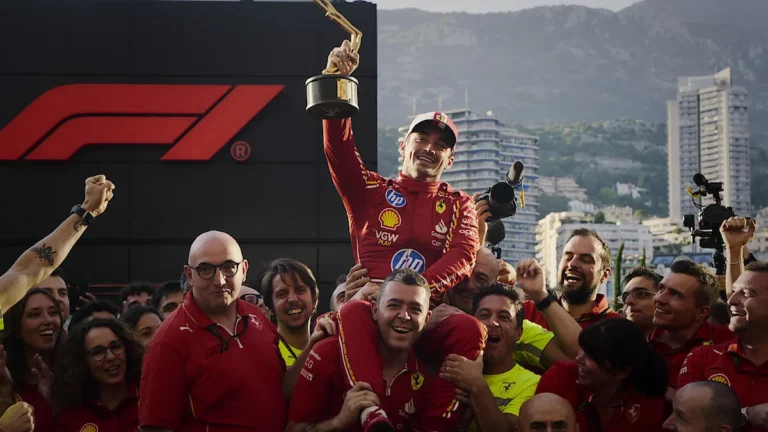Formula 1 is not just about the roaring engines and the dizzying speeds; it’s also about the fierce rivalries and strategic mind games that play out far from the asphalt. Netflix’s ‘Drive to Survive’ has adeptly shifted the focus from the race tracks to the intense personal and professional battles among the team principals, captivating a global audience with its behind-the-scenes drama.

The Central Figures: Christian Horner and Toto Wolff
At the heart of this narrative are Christian Horner, the team principal of Red Bull Racing, and Toto Wolff, his counterpart at Mercedes. These two figures have been portrayed as protagonists in a world where the line between hero and villain blurs with every passing season. However, Season 7 of ‘Drive to Survive’ seems to have altered this dynamic significantly.
Christian Horner: The Controversial Hero?
Christian Horner, often seen as the resilient and strategic mastermind behind Red Bull’s success, appears to have been given a softer portrayal in the latest installment of the series. Despite facing significant controversies, including internal investigations at Red Bull and accusations of inappropriate behavior, the series has been criticized for ‘whitewashing’ his actions, casting him in a less contentious light.
Toto Wolff’s Stand and the Allegations of Conflict
On the other side, Toto Wolff, known for his sharp leadership and no-nonsense approach at Mercedes, found himself embroiled in a scandal involving an alleged conflict of interest with his wife, Susie Wolff. Despite the FIA clearing the air, Wolff’s frustration was palpable when he noted that, unlike others, Christian Horner did not stand with him during this tumultuous time.

“Toto sent me a text message at the end of last year to say thank you for standing up for Susie today and showing them that there is a red line and the teams are together. And I said ‘no problem, I said what I believe.’ So why he needs to go and say all that s*** this week, I have no idea,” Horner expressed in an interview with the Daily Mail.
The Rivalry Continues: Real or Manufactured?
Despite the personal conflicts and the off-track drama, the question remains: how much of ‘Drive to Survive’ is a true reflection of F1, and how much is sensationalized for entertainment? The series has undeniably brought more fans to the sport, drawn by the human elements and dramatic narratives that unfold behind the scenes.
Yet, as the rivalry between Horner and Wolff simmers, perhaps artificially stoked by narrative needs, it underscores the series’ ability to blend real-life events with the allure of drama. The challenge for Netflix moving forward will be to balance these elements without crossing into the realm of disingenuity that could alienate the purists of the sport.

The Future of F1 Storytelling
As Formula 1 continues to evolve, so too does the narrative around it. ‘Drive to Survive’ has proven that there is a voracious appetite for the stories of the people behind the pit wall. However, the series’ creators must tread carefully to ensure that the essence of the sport and the integrity of its figures are not compromised for the sake of viewership. After all, in the high-stakes world of Formula 1, the truth is often more thrilling than fiction.
